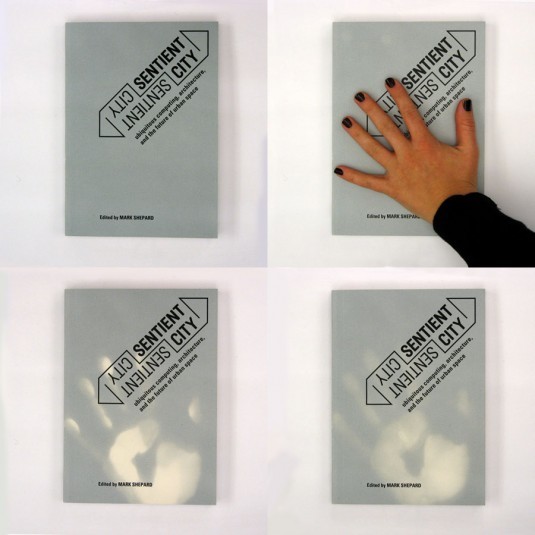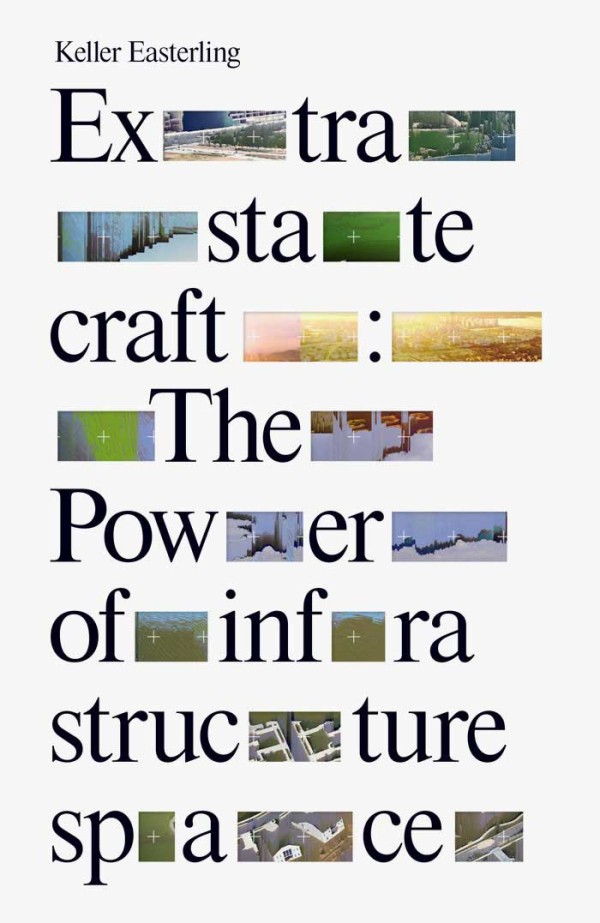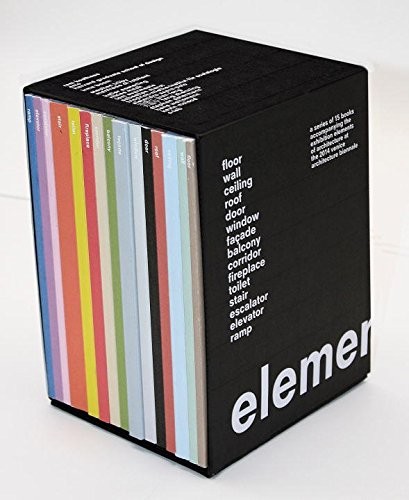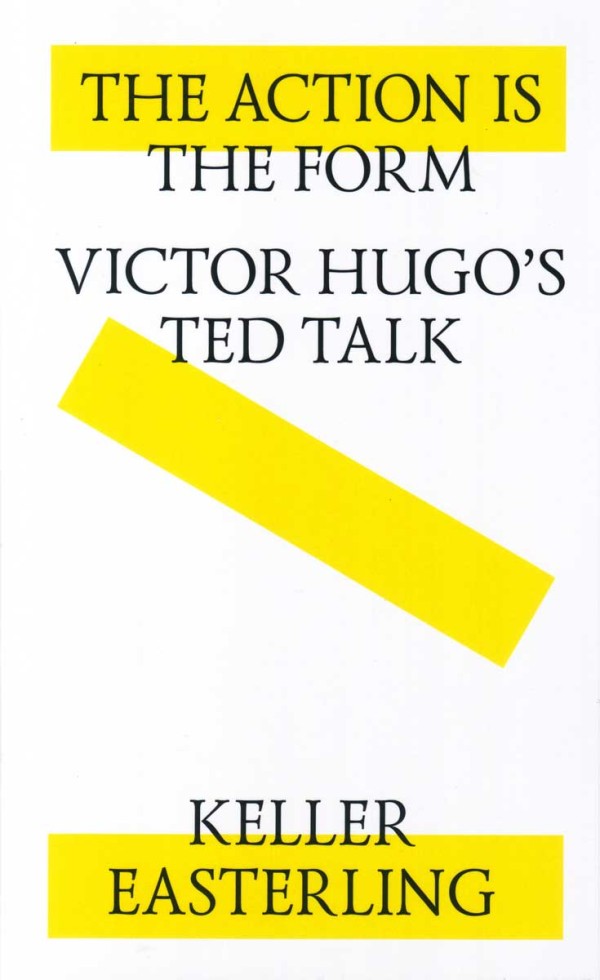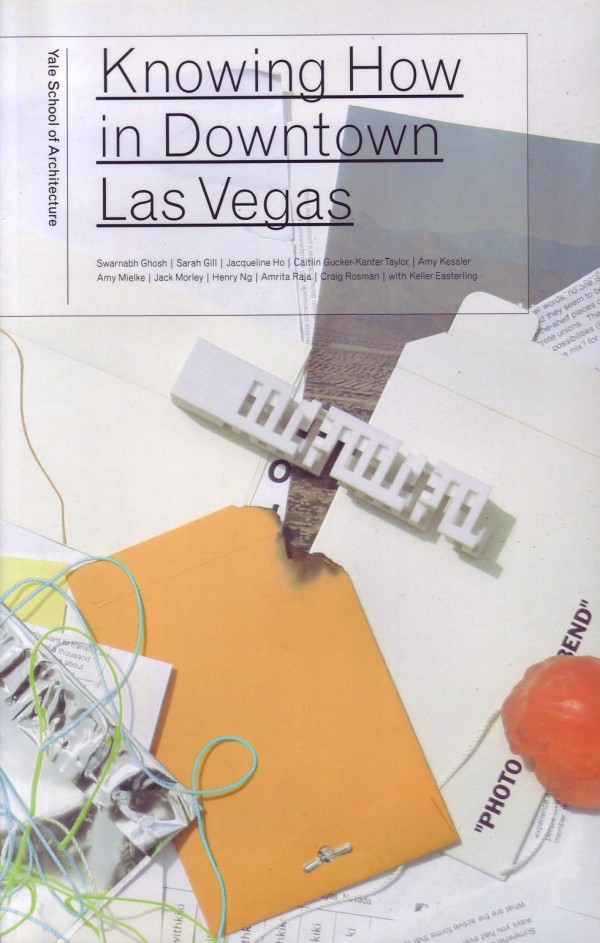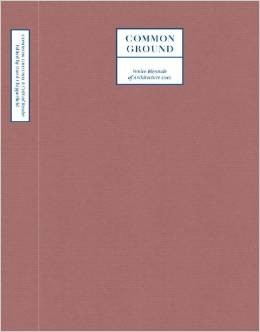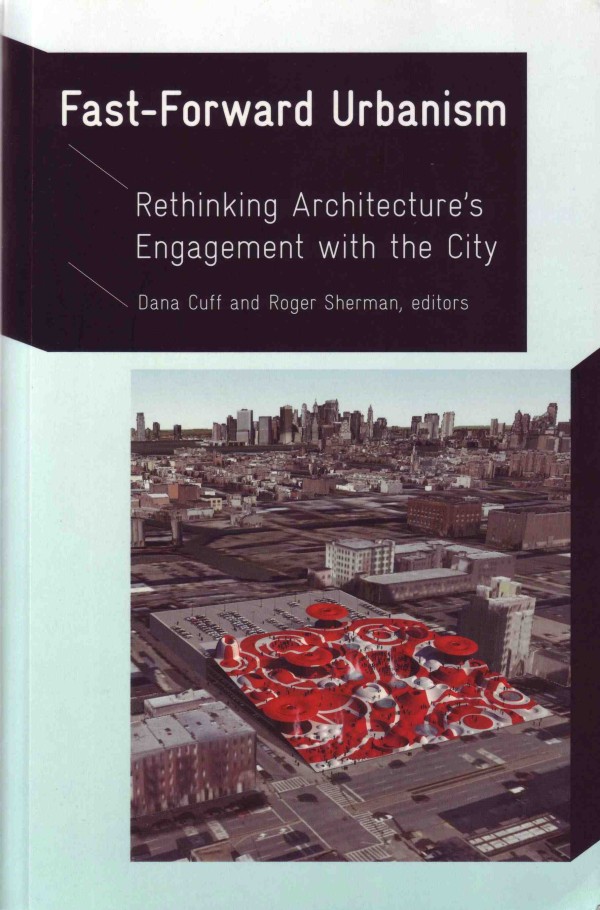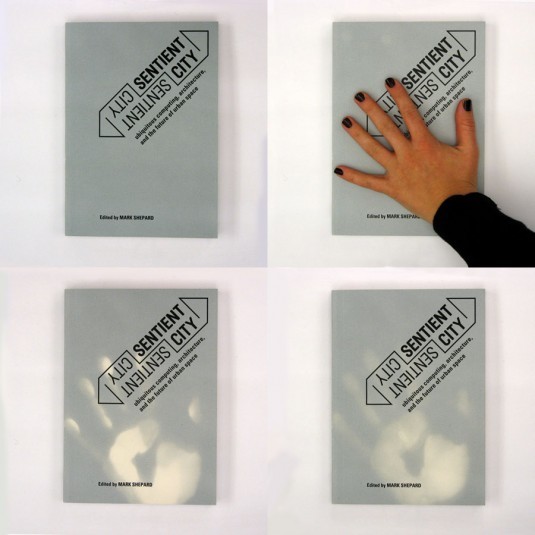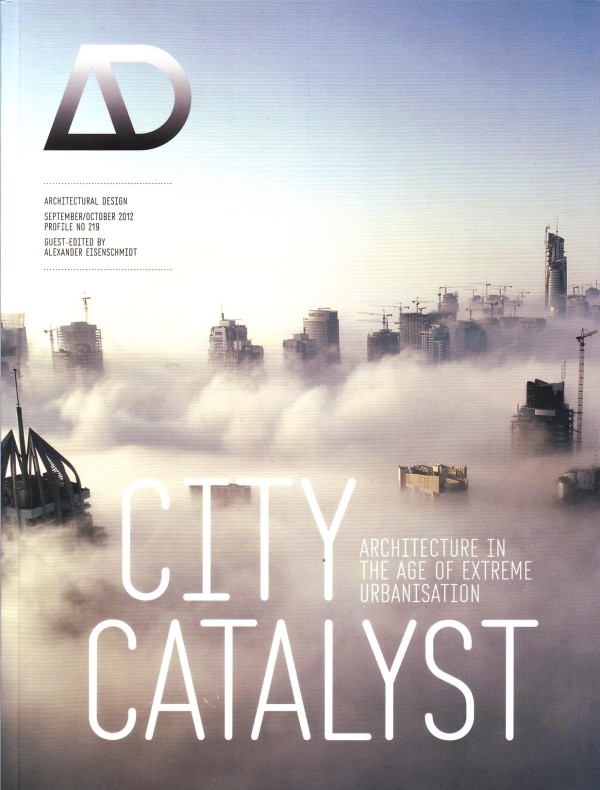The Action is the Form
Mark Shepard, ed., Sentient City: ubiquitous computing, architecture and the future of urban space (New York and Cambridge: Architectural League and MIT Press) — 2011
Visit Site
With minds trained to name and declare, we parse the world with a nominative habit of mind in which nouns are things that can be known and verbs are things that move. Digital architecture, a function of processes, protocols and topologies, is just the most recent mode of exchange to rehearse a currency in shared processes. Yet, while these tune the imagination to the infinitive rather than the nominative, the discipline of architecture still maintains its primary currency in singular durable objects that can be framed and represented. Even in a broader culture, it is likely that most do not look at a concrete highway system and perceive agency. Agency in networks might only be assigned to the moving cars on the road, the electrical impulses in the fiber or the swooshing sound of the sent email. Things that are not moving or expressing their dynamism in some way are not active. They are not doing anything. Borrowing from Marshall McLuhan, the nominative and kinetic both act as “the juicy piece of meat carried by the burglar to distract the watchdog of the mind.”
